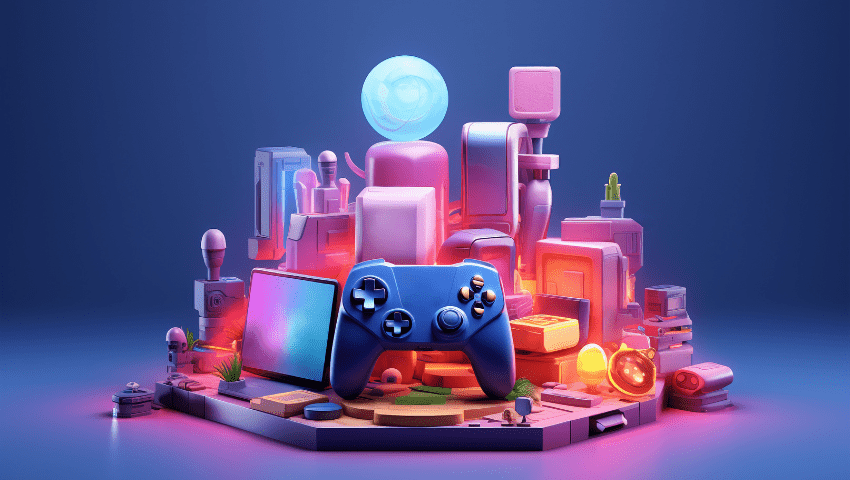Designing for 2D and 3D has never been more accessible, thanks to the wide array of tools available today. Whether you’re a seasoned professional or a beginner exploring the world of design, selecting the right tools is essential to bring your creative visions to life. In this blog, we’ll explore some of the most popular and effective tools for creating 2D and 3D designs, along with their features and use cases.
2D Design Tools
“2D design focuses on flat, two-dimensional representations. These tools are ideal for creating illustrations, UI/UX designs, animations, and more.”
- Adobe Photoshop
- Best For: Digital painting, image manipulation, and graphic design.
- Key Features: Layers, advanced brushes, and powerful editing tools.
- Why Use It: Industry-standard for creatives, offering endless possibilities for 2D designs.
- Adobe Illustrator
- Best For: Vector art and scalable designs.
- Key Features: Pen tools, typography options, and scalability without quality loss.
- Why Use It: Ideal for logos, icons, and detailed illustrations.
- Krita
- Best For: Digital painting and animation.
- Key Features: Brush customization, animation timeline, and open-source accessibility.
- Why Use It: Free and perfect for artists on a budget.
- Procreate
- Best For: Illustrations and hand-drawn art on tablets.
- Key Features: Advanced brush library, easy layer management, and intuitive touch controls.
- Why Use It: A favorite among digital illustrators for its ease of use.
- Inkscape
- Best For: Vector designs and graphic illustrations.
- Key Features: Open-source, path tools, and compatibility with various formats.
- Why Use It: A free alternative to Adobe Illustrator.
3D Design Tools
3D design enables the creation of objects and environments in three dimensions, perfect for games, animation, and simulations.- Blender
- Best For: 3D modeling, animation, and rendering.
- Key Features: Sculpting tools, UV mapping, and a powerful rendering engine (Cycles).
- Why Use It: Free, open-source, and suitable for both beginners and professionals.
- Autodesk Maya
- Best For: High-end 3D modeling and animation.
- Key Features: Advanced rigging, realistic simulations, and robust animation tools.
- Why Use It: Industry-standard for film and game studios.
- ZBrush
- Best For: Sculpting and creating highly detailed 3D models.
- Key Features: Dynamic tessellation, intuitive brushes, and high poly counts.
- Why Use It: Preferred for character and organic modeling.
- Cinema 4D
- Best For: Motion graphics and 3D animation.
- Key Features: Procedural workflows, Mograph tools, and integration with After Effects.
- Why Use It: Great for artists focused on motion design.
- SketchUp
- Best For: Architectural and interior design.
- Key Features: Intuitive interface, 3D warehouse for pre-built models, and quick rendering.
- Why Use It: Perfect for designers focusing on architectural visualization.
- Unity and Unreal Engine
- Best For: Game design and interactive 3D environments.
- Key Features: Real-time rendering, physics simulation, and VR/AR capabilities.
- Why Use It: Popular among game developers for creating immersive experiences.
Choosing the Right Tool
When selecting a design tool, consider:- Your Skill Level: Beginners might prefer intuitive tools like Procreate or SketchUp, while professionals may opt for Maya or ZBrush.
- Project Requirements: For complex 3D animations, go for Blender or Unreal Engine; for vector illustrations, choose Illustrator or Inkscape.
- Budget: Open-source tools like Blender and Krita are free and highly capable alternatives to premium software.
- Community and Resources: Tools with active communities, such as Blender and Photoshop, offer extensive tutorials and support.
Conclusion
The world of 2D and 3D design is vast, with tools catering to every creative need. Whether you’re sketching concepts, building intricate 3D models, or designing stunning animations, the right software can make all the difference. Experiment with different tools, find what suits your workflow, and unlock your creative potential. What tools do you use for 2D and 3D design? Share your favorites in the comments below!
